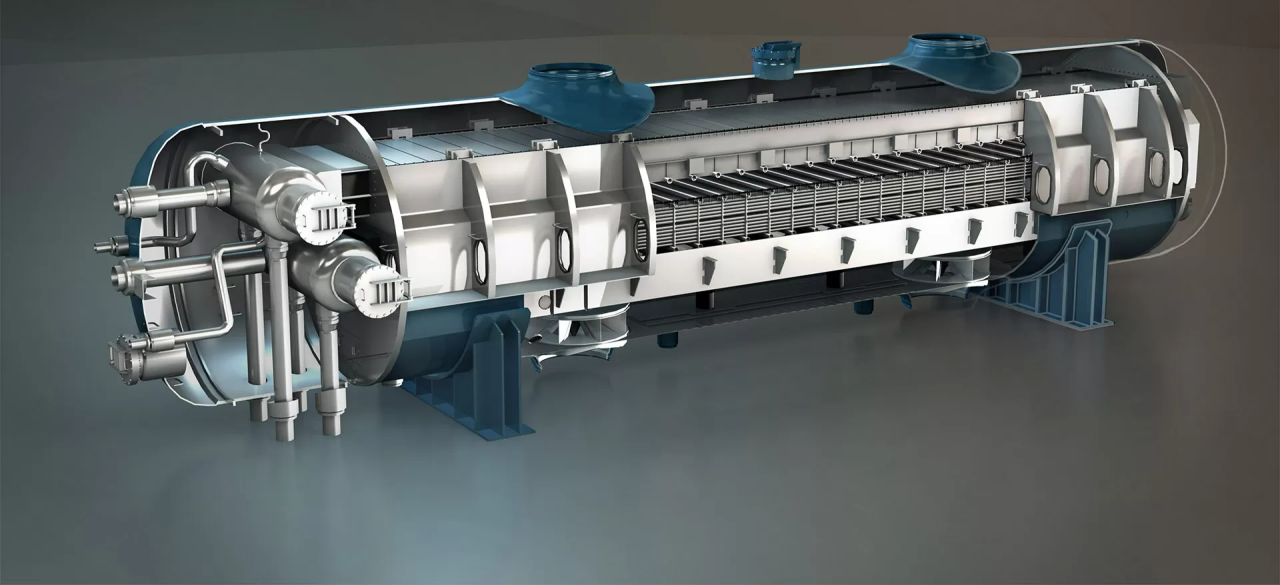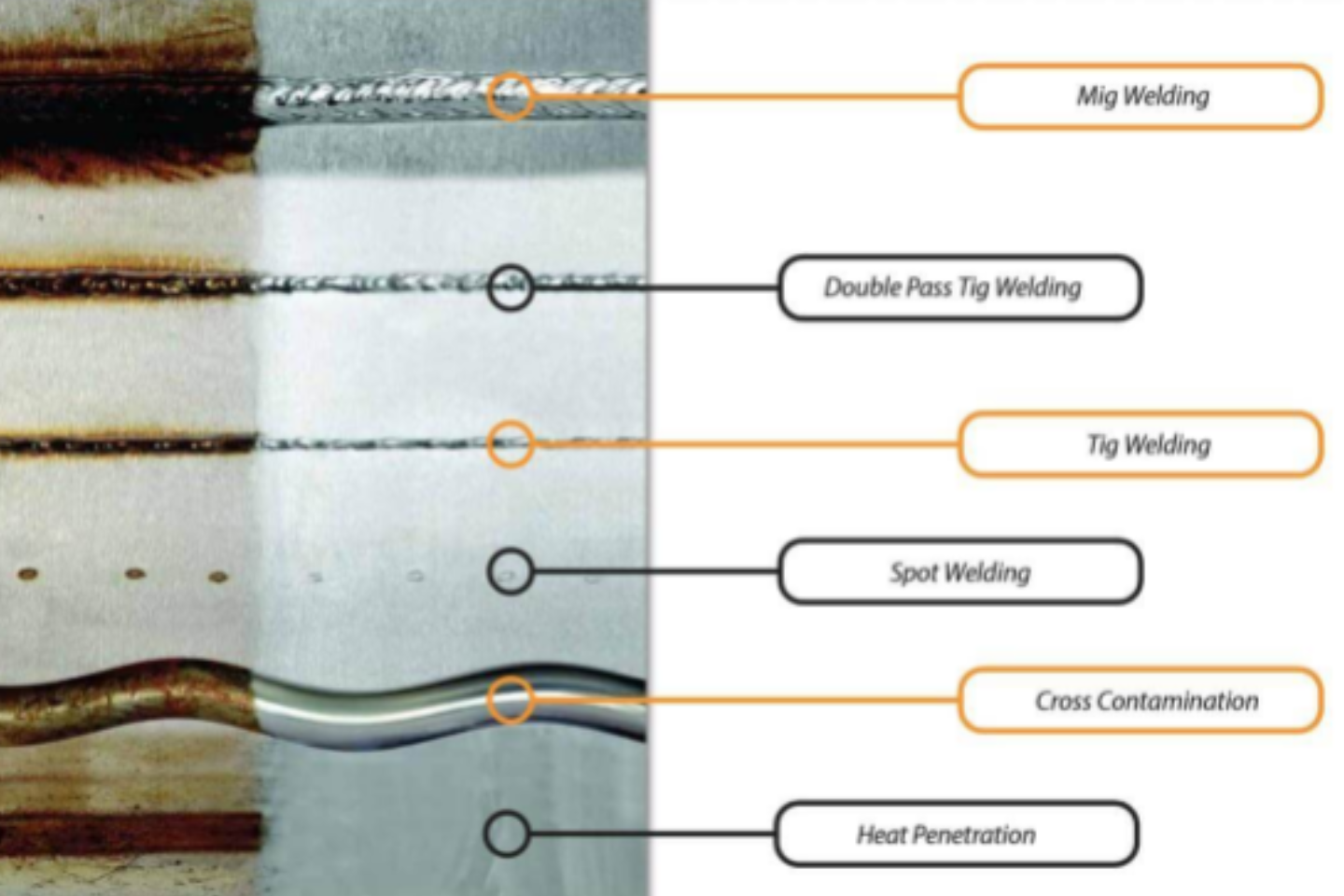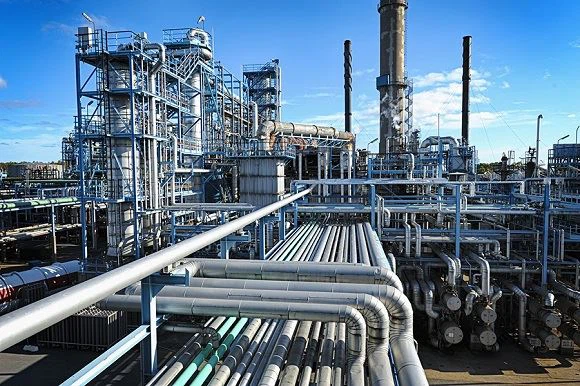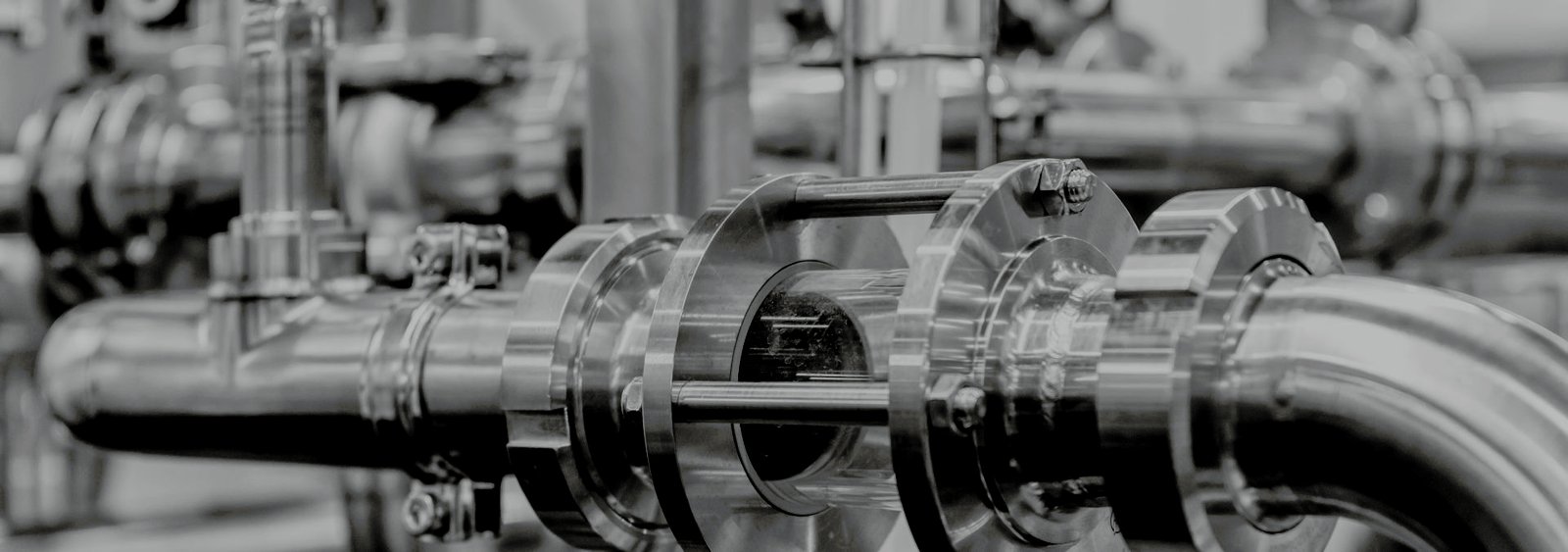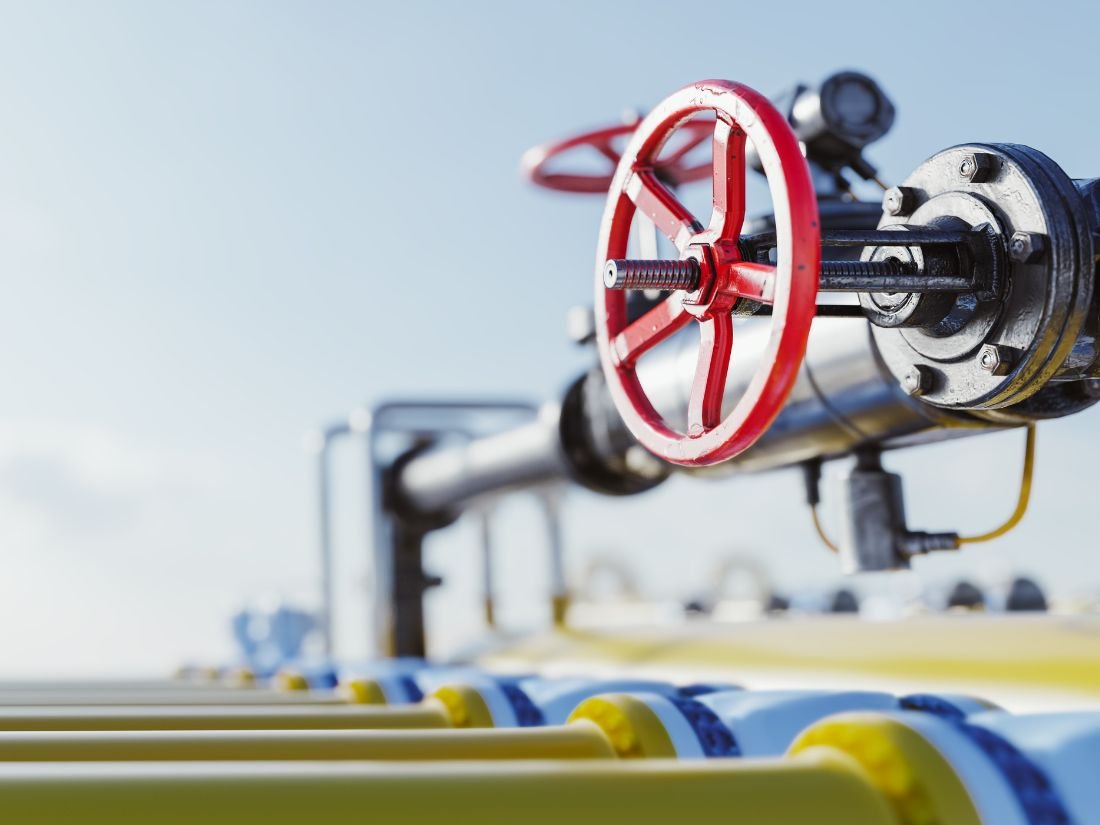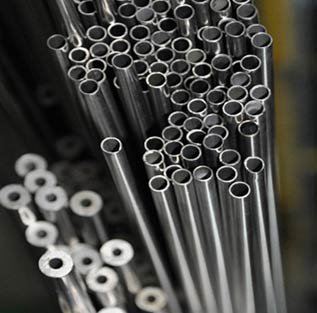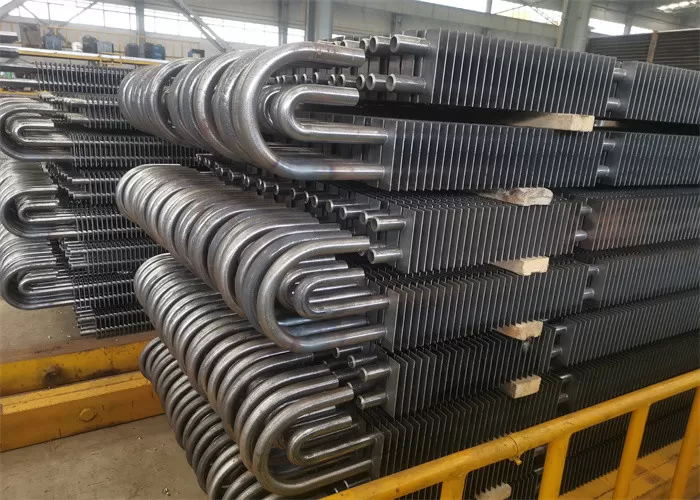Meta Description:
Seamless or welded pipe? Learn the structural, performance, and cost differences, and discover which option is better for your industrial application.
Introduction
One of the most common engineering decisions in piping systems is:
“Should we use seamless or welded stainless steel pipes?”
While both types comply with international standards, they differ significantly in:
- Strength under pressure
- Dimensional tolerances
- Cost
- Corrosion resistance
- Application suitability
This article compares seamless vs. welded pipes in detail to help engineers, EPC contractors, and project managers select the best option for their system.
How Are They Made?
Seamless Pipes
Manufactured by piercing a solid billet and rolling it into a tube shape.
No weld seam.
Compliant with ASTM A213 and ASTM A312.
Advantages:
- Uniform structure
- Better pressure and temperature resistance
- No seam to act as a corrosion initiation point
Welded Pipes
Made by cold forming stainless steel strip and welding the seam (either by TIG or HFIW).
Usually finished with a weld bead removed and heat treated.
Compliant with ASTM A249 or A269.
Advantages:
- Lower cost
- Shorter lead time
- Wider range of available sizes and finishes
Comparison Table
| Property | Seamless Pipe | Welded Pipe |
|---|---|---|
| Weld seam | None | Yes (may be ground and heat-treated) |
| Pressure resistance | Higher | Lower in high-pressure or critical zones |
| Surface finish | Pickled / BA / EP | BA / EP / Annealed |
| Cost | Higher | 15–30% lower (depending on size) |
| Corrosion risk | Lower (no seam) | Higher if seam is poorly finished |
| Typical use | Boilers, heat exchangers, offshore | Food lines, water supply, non-critical |
Which Is More Reliable?
Seamless pipes are considered more reliable in:
- High-pressure applications (e.g., boiler tubes, pressure vessels)
- Corrosive environments (e.g., offshore, chemical processing)
- Critical heat exchanger tubing
- NACE MR0175-compliant sour gas lines
However, welded pipes are excellent for:
- Low-pressure systems
- Food & beverage lines with electropolishing
- Architectural and decorative piping
- Large diameter systems (DN > 400 mm)
For projects with moderate service conditions and cost sensitivity, welded pipes provide great value when sourced from reputable suppliers.
Cost Considerations
Seamless pipes cost 15–30% more than welded in most markets, especially for large OD and thicker walls.
However, when reliability is critical, the long-term savings from avoiding leaks or downtime often outweigh the upfront cost difference.
Frequently Asked Questions (FAQ)
Q1: Are seamless pipes stronger than welded?
Yes. Seamless pipes have no weld zone, which improves mechanical and corrosion performance under high stress.
Q2: Is a welded pipe suitable for heat exchangers?
Only if the welds are fully inspected and corrosion is not severe. Seamless is preferred for U-bends and high-pressure zones.
Q3: How to identify a welded pipe visually?
Most welded pipes have a faint weld line on the ID or OD unless polished. Seamless has a smooth, uniform finish throughout.
Q4: What standards cover both types?
Q5: Does DLSS supply both types?
Yes. DLSS offers both seamless and welded stainless steel pipes, with testing (UT, EC, PMI), certificates (EN 10204 3.1/3.2), and custom surface finishes.
Conclusion
The choice between seamless and welded pipes depends on your project’s operating conditions, cost targets, and reliability goals.
When failure is not an option, seamless stainless steel pipes from DLSS provide the structural and chemical assurance you need.
For less demanding systems, our welded solutions offer quality, compliance, and cost-effectiveness.
Contact DLSS
Email: info@dlsspipe.com
Website: www.dlsspipeline.com


